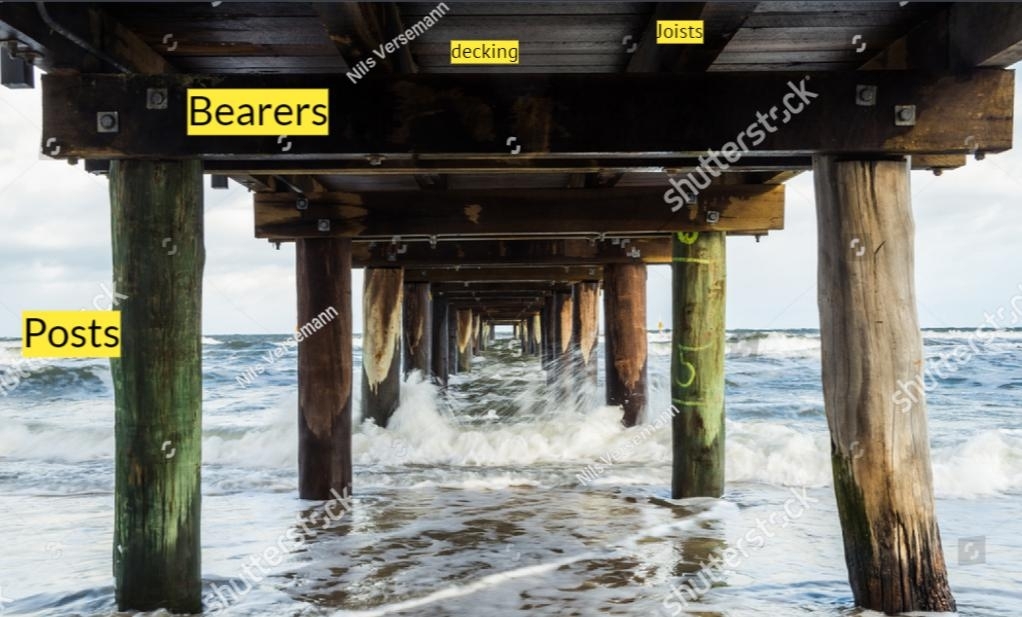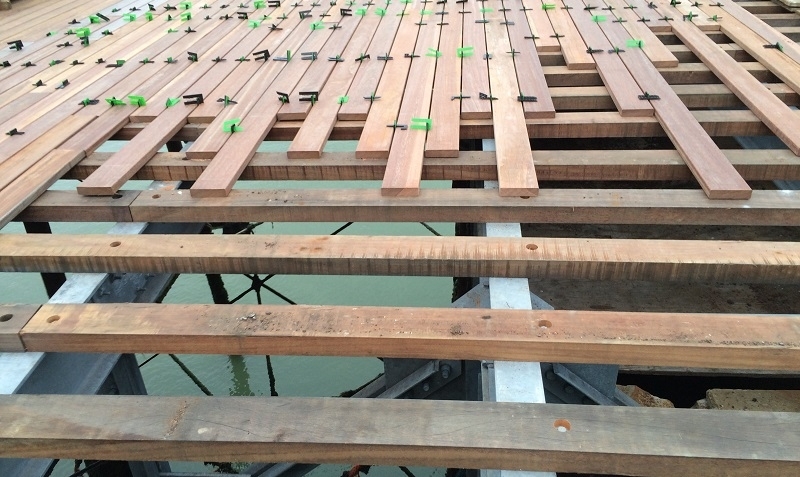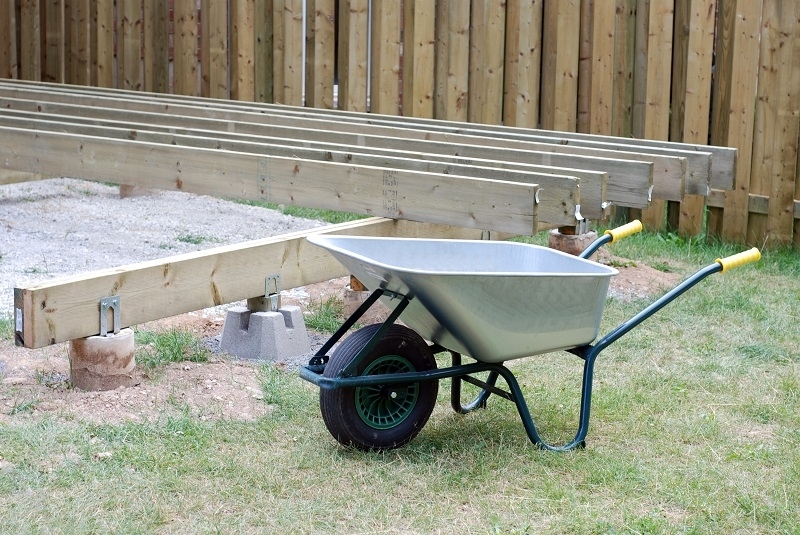Why substructure is so essential for safe decking
Published: 05/10/20 By: Mike Bekin
Installing a sub-structure is imperative when you are building decking. This is because it is the foundation of your deck. It might not be the part that everyone sees but it is certainly the most important part.
As with building any solid structure from a house to a shed, getting your foundations right is key to ensure the longevity of the build. While nailing the appearance of your deck is key, firstly you need to know that you are working on solid ground, i.e., that your substructure is strong and safe.
This is why we have put together our thoughts on why substructures are so essential for constructing safe decking and how you can go about building a resilient and long-lasting deck.
A deck’s substructure is made up of footings, posts, bearers and joists. Whether you are building your deck yourself, or getting the work done for you, the project starts by digging deep into the ground, way below the frost line. Then concrete is poured into the hole, before posts are installed to create a firm basis on which your deck can be built.
Bearers must then be fitted to the posts. They are large, thick sections of timber (or even steel if the project is a large public area) and help to create a solid, immovable structure – usually two on each side of each post. Joists should then be fitted connecting the bearers at smaller spans, from which you can then create your deck.

As with any building work, always ensure that you are following your local building codes, which will ensure that your footings are deep enough in the ground to provide a strong, stable base, and that you have positioned the footings properly (usually 6 feet apart). We recommend you check with TDCA for advice.
You must then consider waterproofing your work as it will be exposed to the elements all year around. You need to waterproof more than just the wood you can see. Water damage can start way below the surface, but by using joist tape and beam tape you will protect your deck for years to come.
You will also need to think about what type of wood you will use to build your substructure. Pressure treated lumber is often advocated for building substructures because it is less palatable to fungi. It is also extremely strong and resilient, not to mention well-priced. However hardwood options may be a more environmentally friendly alternative with similar or even better life-service.
Lastly, it is time to lay the deck boards over the joists. We recommend stainless steel screws, two in each board at every joist intersection. This will help with limiting the movement of your decking boards as they finally season in place whilst giving you years of enjoyment. Do check our other blog on maintaining your deck too.
Here’s an Ecochoice project: Hastings pier, where you can see steel bearers, sawn joists and planed smooth decking:
 It is so important whether you are building your deck yourself or hiring a professional to do it, that you know the importance of each step and the ins and outs of the materials you are using. Researching the job in advance will ensure that you avoid the painstaking effort of having to do all of your hard work all over again and you can concentrate instead on maintaining your deck as a fun, social space to entertain for years to come.
It is so important whether you are building your deck yourself or hiring a professional to do it, that you know the importance of each step and the ins and outs of the materials you are using. Researching the job in advance will ensure that you avoid the painstaking effort of having to do all of your hard work all over again and you can concentrate instead on maintaining your deck as a fun, social space to entertain for years to come.
At EcoChoice, we promote using FSC certified timbers for all purposes, from building, landscaping, civil and marine industries and residential or commercial decking is no different. It is important to know that your decking not only looks good, but has been responsibly harvested from the world’s forests, so contact us on 0345 638 1340 for a quote or for any advice.
Images: Ulga / Shutterstock.com, Nils Versemann / Shutterstock.com
